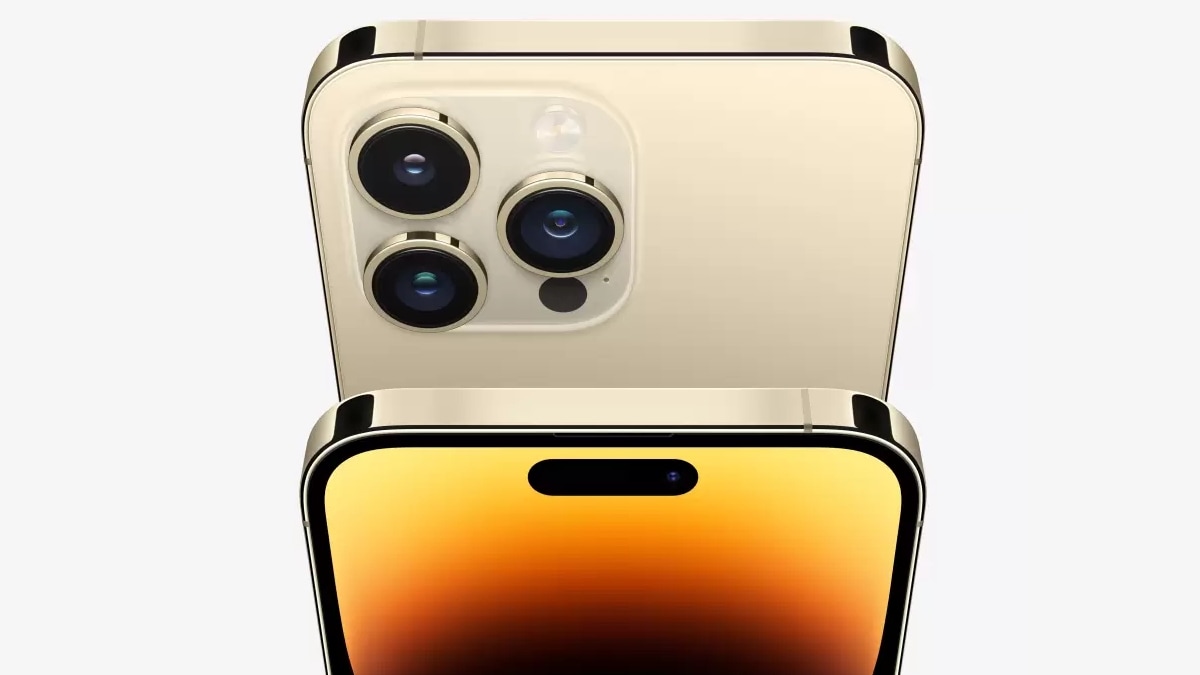Products You May Like
Recent reports have hinted that the upcoming Apple iPhone 15 Pro may have a frame made of titanium with a rounded back. The material is more expensive than stainless steel that is found on recent and currently available ‘Pro’ models from the brand. Another note by analyst Ming-Chi Kuo also claimed that Apple would switch to solid-state buttons with the iPhone 15 Pro models and also include three Taptic engines. Turns out that an Apple component supplier may have just vaguely hinted at the same, leading to a higher possibility of solid-state buttons arriving on the next iPhone.
As reported by MacRumours, Apple supplier Cirrus Logic in a letter to shareholders confirmed that it would continue to “engage with a strategic customer” and that it plans to bring “a new HPMS component to market in smartphones next year.”
This component could be the company’s “high-performance mixed-signal chips”, which MacRumours claims includes haptic drivers for the Taptic Engine in iPhone models. Another vague hint comes from Cirrus Logic CEO John Forsyth, who on a recent earnings call stated that such a component would be coming to the market in “back half of next year,”. Indeed, all of the above news from the Texas-based semiconductor company lines up well with the launch of the next iPhone which, going by tradition, takes place every year in September.
Kuo in his earlier report claimed that Apple would add two of these new Taptic engines on the internal left and right sides of the next-generation iPhone models. These would provide haptic feedback similar to what was earlier available when pressing down on the home button of the Apple iPhone 7, which also featured a button that did not physically move, but gave the user the impression of being pressed using Taptic engine and vibrations. Apple is also expected to make the switch from its proprietary lightning port to the more common Type-C port in the second half of 2023.
While the idea of a button-less iPhone does sound exciting, Chinese smartphone manufacturer Vivo had also explored a similar idea back in 2019 with a concept device called the Vivo Apex. The smartphone featured no buttons or ports and relied on a technology branded as ‘Touch Sense’, which was a mix of capacitive touch and pressure sensing to get things done. A year later, Vivo followed up with a 2020 version of the Apex by adding a 3D curved edge display, which literally wrapped around the sides of the device and accompanied it with an invisible selfie camera that sat behind the screen.
